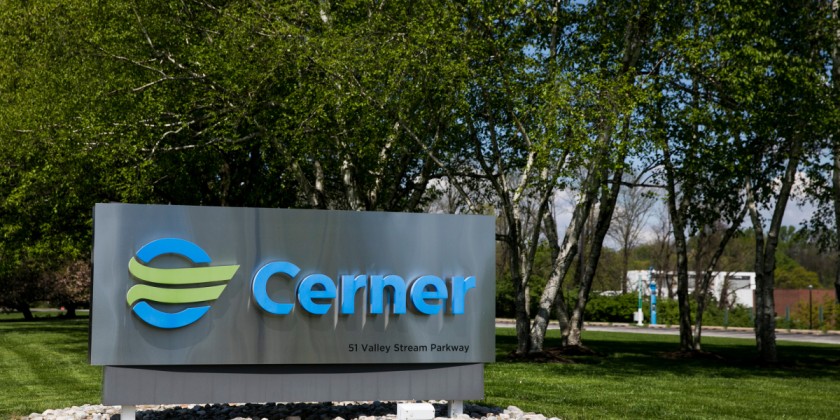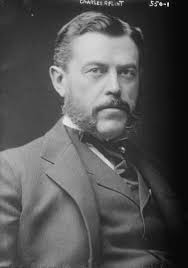Cerner Corporation – Merging Healthcare and IT.
For the past forty years, Cerner Corporation has worked at the crossroads of health care and information technology to link individuals and systems all over the globe. They use the latest technology to develop solutions that empower communities and people to take charge of their own health. Their tools are designed to work today while also pondering about tomorrow, whether or not they are supporting the clinical, financial, or operational areas of a hospital or health system.
Establishment of the Cerner Corporation
Cerner Corporation was founded in 1979 through Arthur Andersen’s colleagues Neal Patterson, Paul Group, and Cliff Illig. Its authentic name became PGI & Associates, however, when it released its first machine, PathNet, in 1984, it was renamed Cerner. In 1986, it went public. Cerner’s customer base step by step multiplied in the late 1980s, achieving 70 sites in 1987, 120 sites in 1988, 170 sites in 1989, and 250 sites in 1990. Cerner was operating on additives of a Health Network Architecture (HNA), an incorporated IT machine designed to automate health care processes, at the time. Clients could purchase individual components or the complete machine all at once. By 1994, more than 30 customers had purchased the complete HNA machine, with another 100 purchasing more than one component of the machine.

Cerner bought IMC Health Care, Inc. in early 2010 in order to keep expanding its health offerings to industrial employers, pharmacies, and health applications outside of Cerner.
Cerner Corporation announced its intention to purchase Siemens Health Services, Germany’s Siemens AG’s health information technology business, for $1.3 billion on August 5, 2014. On February 2, 2015, the acquisition was completed.
On July 29, 2015, the Leidos Partnership for Defense Health, comprised of Cerner, Accenture, and Leidos, was awarded a 10-year, $4.3 billion contract to overhaul and manage the Department of Defense’s electronic health records.
The Company’s Offerings
Command Center
The need for situational awareness in health care systems has never been greater. The Cerner Command Center Dashboard uses near real-time data and predictive analytics to give health systems a clear view of critical resources like staffed bed capacity, care demand, and equipment – information that leaders use to anticipate and respond to patient needs. The Cerner Command Center dashboard provides actionable data insights to enable effective resource and process management in order to improve health system operations.
Cerner’s best practices for staffing and patient throughput processes, Cerner model system for integrated and automated workforce management and capacity management solutions, AWS cloud, predictive intelligence, and machine learning, and integration across Cerner platforms can all be used by the Cerner Command Center to help reduce operational costs.
HealtheReferrals
HealtheReferrals supports provider organizations, throughout any EHR and payer, in the growth and retention of patients. The product targets patients with a configurable patient-supplier algorithm which includes factors such as specialty, insurance networks, proximity to patients, and network members. The product is the most appropriate in-network provider. It also offers analytical and referral coordination capabilities to help ensure transparency through employee and affiliate networks.
The average person influences household healthcare expenditure in excess of 1,5 M$, all references count. Cerner realizes that it is critical for the health of an organization to improve margins and lower risk and provide cost-effective care. HealtheReferrals is committed to providing providers and managers with the information they need to achieve these goals, independently of EHR.
Neal Patterson, The Founder
Neal Patterson has been CEO of Cerner for 38 years, an enterprise which he co-founded in 1979 with two colleagues. Patterson was a long-time CEO of the country. With revenues of 4,8 billion US dollars in 2016 and over 25,000 employees around the world, Cerner is currently the world’s largest independent information technology provider.
Patterson was posthumously brought to the Hall of Fame in 2019 and appointed as the International Entrepreneur of the Year by the Regnier Institute of Entrepreneurship and Innovation of the University of Missouri-Kansas.
On a farm near Manchester, Oklahoma, Patterson was brought up. He obtained a Bachelor of Finance and a Masters in Business Administration from the Oklahoma State University.
As a result of the recent recurrent cancer, Neal L. Patterson died on 9 July 2017. He was 67 years old.
Brent Shafer, The CEO
Brent Shafer, Chief Executive of Cerner, is responsible for the company’s market-oriented business units, consumer brands, key strategic relations, and priority business initiatives and is responsible for developing and expanding these business units.
Shafer has been CEO of Philips North America, where she has supervised the portfolio of health technology that includes a wide range of solutions and services inpatient surveillance, imaging, clinical computer technology, sleep, and respiratory services as well as a group of leading consumer brands. Shafer previously served as the CEO of Philips’ global Home Healthcare Solutions division.
Shafer possesses extensive experience building innovative value-based business models. He has contributed to the growth of a complex multinational organization for a number of years as a senior leader with Philips. He is also a member of the Healthcare Leadership Council which brings together health leaders of the nation to develop policies, plans, and programs to implement their vision of a system that provides all Americans with affordable, high-quality care. He received a Bachelor’s degree from the University of Utah.


